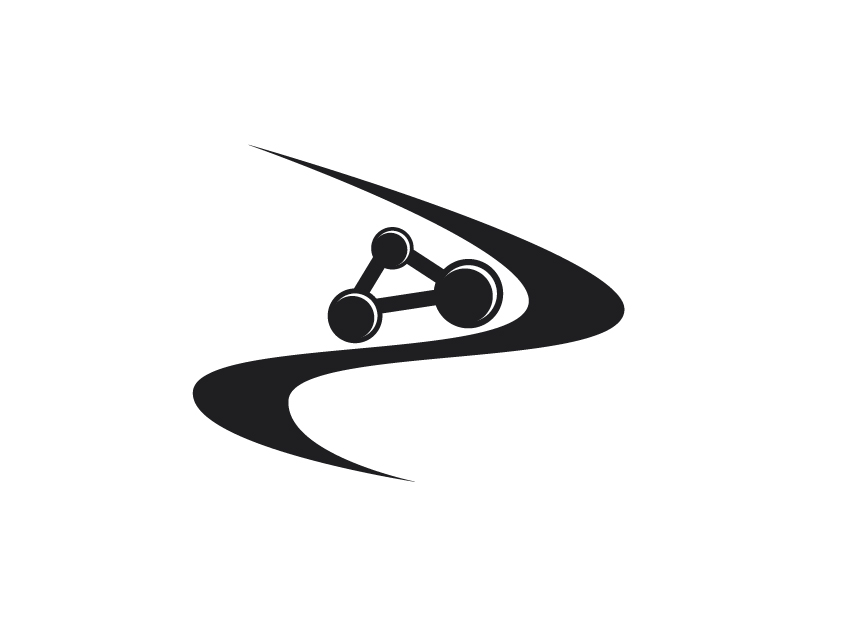
|
ИСТИНА |
Войти в систему Регистрация |
ИСТИНА ФИЦ ПХФ и МХ РАН |
||
Model of microalgae Сhlamidomonas reinhardtii adaptation to sulfur starvationдоклад на конференции
- Авторы: Riznichenko Galina Yu, Khrushchev Sergey S., Plyusnina Tatiana Yu, Rubin Andrei B.
- Международная Конференция : 10th International Meeting «Photosynthesis and Hydrogen Energy Research for Sustainability – 2019»
- Даты проведения конференции: 23-25 июня 2019
- Дата доклада: 26 июня 2019
- Тип доклада: Устный
- Докладчик: Riznichenko Galina Yu
- Место проведения: Санкт-Петербург, Россия
-
Аннотация доклада:
Adaptation of microalgae to stress conditions is often accompanied by compensatory processes such as lipid accumulation or hydrogen evolution. The study of adaptation processes is of interest both for understanding the fundamental mechanisms of the cellular response to stress, and for developing the optimal strategy for obtaining biofuels. The hierarchical mathematical model that combines the central metabolic pathways, electron transport chains of photosynthesis, and respiration in the microalgae cell was developed to study the processes of cells adaptation to mineral stress. The central metabolic pathways including glycolysis, the Calvin-Benson cycle, and the Krebs cycle were described in accordance to Flux Balance Analysis formalism. The sub-model of photosynthetic processes was described by sets of differential equations for multi-enzyme complexes states. NAD(P)H was considered to be the key metabolite which coupled the metabolic pathways and the electron transport chain. As input to the model, we used experimental data on starch accumulation and on activity of Rubisco and photosystem II in Chlamydomonas reinhardtii cells under sulfur starvation. The combined hierarchical model allowed us to obtain the series of distributions of metabolic fluxes coupled with photosynthesis reactions. A shift in intracellular flux distribution was predicted during transition from sulfur sufficient phase to sulfur starvation phase of growth. The model revealed the relationship between the inactivation of photosystem II, the redirection of anabolic pathways to catabolic, the activation of chlororespiration, and the hydrogen production at different stages of sulfur starvation. This work was supported by RFBR grant № 17-04-00676
- Доклад на конференции выполнен в рамках проекта (проектов):
- Добавил в систему: Плюснина Татьяна Юрьевна